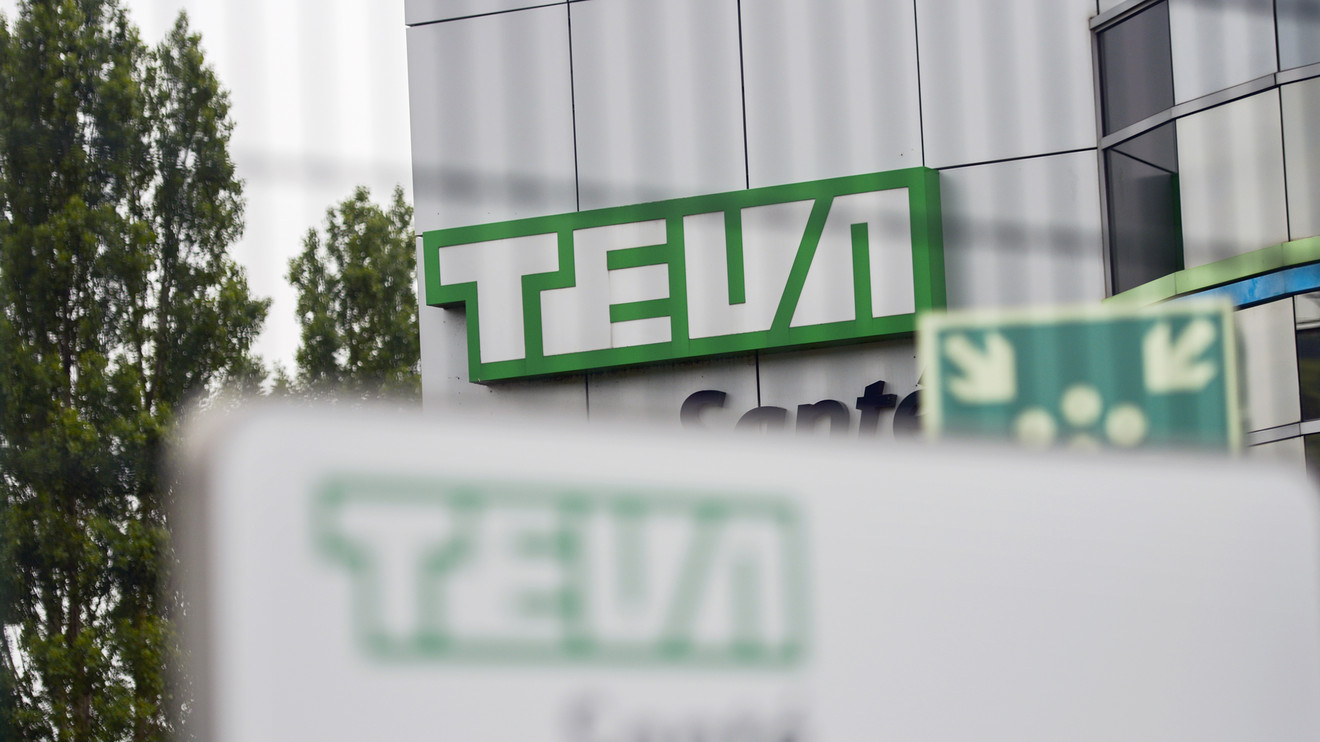
Teva Pharmaceutical Industries Ltd.’s third-quarter results underscore the realities of its two-year-old restructuring plan under president and CEO Kåre Schultz.
A primary driver of pressure on Teva TEVA, +4.44% has been the arrival of generic competition in the U.S. for multiple sclerosis treatment Copaxone, its longtime flagship brand. Copaxone revenue in North America fell 41% to $271 million in the third quarter, down from $463 million in the same quarter a year ago, but the result beat the FactSet consensus of $225 million. Company executives say that Copaxone sales have stabilized.
“We are optimistic that we will maintain a significant business in Copaxone, both in North America and in Europe,” Schultz said Thursday, according to a FactSet transcript. “The decline of Copaxone combined with the restructuring would…automatically result in more or less this year being the trough year. And, as you know, a trough is flat at the bottom, and that’s what we’re seeing right now.”
Teva revised its 2019 guidance, raising its EPS outlook to $2.30 to $2.50 from a prior $2.20 to $2.50, and raised its revenue guidance to $17.2 billion to $17.4 billion from $17.0 billion to $17.4 billion. The FactSet consensus for 2019 is for EPS of $2.41 and revenue of $17.36 billion.
Shares rose 3.6% Thursday.
The quarter “seems generally in-line,” Evercore ISI analyst Umer Raffat wrote in a note. “Teva appears to have nearly achieved the entire $3 [billion] cost cut.”
The other key questions from analysts stem from the unknown impact of opioid litigation on the company. The Israeli drugmaker said last month that it will pay $20 million and provide two counties in Ohio with a three-year supply of opioid dependency drug Suboxone. It has also reached an agreement in principle with attorneys general in four other states that aims to resolve all pending and potential opioid lawsuits and would include a 10-year supply of Suboxone, valued at $23 billion.
Because that agreement has not yet been finalized, it allows for two options, Schultz said. One idea is that Purdue Pharma’s bankruptcy could be expanded to cover other companies facing opioid litigation; or the agreement in principle could just move forward as a sort of global settlement, Schultz told investors, according to the transcript. The bankruptcy option is “really not what I see as the best solution right now,” he said. “There’s more momentum behind the general framework that we have developed together with the state AGs.”
Teva’s stock is down 42.93% for the year, while the S&P 500 SPX, +0.27% is up 22.7%.
div > iframe { width: 100% !important; min-width: 300px; max-width: 800px; } ]]>











Add Comment